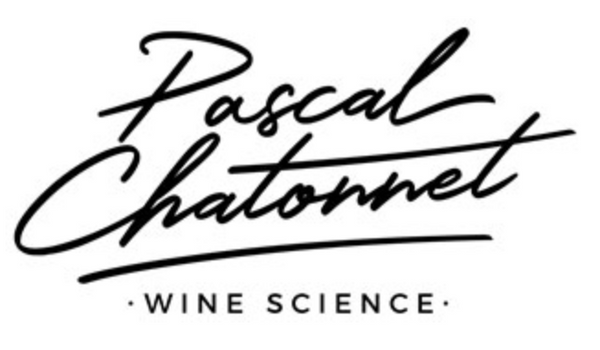2- Can we create a landscape? Or should we simply protect it?
In the world of wine, the catch-all term “terroir” is always touted as the essential explanation of a wine’s quality, and it is probably true. But it is important to remember that while the essence of the terroir is above all linked to the qualities of the natural environment, nature is not the only factor that defines it. The work of Mankind is also essential here. To paraphrase R. Dion, our contemporaries can no longer understand the labour and ingenuity that was required to compel Nature to give man what she never would have granted of her own accord. This work created new landscapes, some of which became iconic and are now protected by UNESCO.
Certain production areas that are linked to specific characteristics introduced specific geological limitations, but not all situations lend themselves to such strict standards. Apart from pedological configurations that are clearly unsuitable for producing high-quality grapes, human ingenuity has demonstrated that it is possible to produce great wines on a wide variety of soil types and layouts. H. Enjalbert 3 and G. Seguin 4 were the first to prove that the only determining factor in guaranteeing access to the production of “great wines” (as opposed to
good wines) was the precise regulation of the vine’s water supply at the time of véraison (colour change) and during the grape ripening period. This regulation is above all linked to the soil characteristics and climate, of course, but the work of Mankind must not be underestimated in the control of this key parameter. For millennia, based on soil and climate conditions, winemakers have managed slopes, built low walls, created terraces, dug ditches, installed subsoil drainage systems, built windmills to dry the marshland, planted hedges, controlled erosion, irrigated, built cellars and châteaux. In short, they have created the landscapes and terroirs.
good wines) was the precise regulation of the vine’s water supply at the time of véraison (colour change) and during the grape ripening period. This regulation is above all linked to the soil characteristics and climate, of course, but the work of Mankind must not be underestimated in the control of this key parameter. For millennia, based on soil and climate conditions, winemakers have managed slopes, built low walls, created terraces, dug ditches, installed subsoil drainage systems, built windmills to dry the marshland, planted hedges, controlled erosion, irrigated, built cellars and châteaux. In short, they have created the landscapes and terroirs.
Human means have now become more powerful and viticulture is often, but not always, single-crop agriculture, and the landscape has become impoverished in some places. Seas of rolling grapevines clearly represent a winegrowing landscape, but their biodiversity and resilience have obviously suffered greatly from this invasion.
The new generation has understood the limits of this past craze. The rule of Agro-Synergy is to protect and recreate the landscape, so that it of course remains a vineyard, but is better integrated into its environment.
We now see everyone planting hedges, flowers and building low walls to keep up with the current trends, but not always based on logic or ambition other than keeping up appearances or earning points that will help them obtain certification, which is quite a shame.
------------------------------
1 Dion Roger. Querelle des anciens et des modernes sur les facteurs de la qualité du vin. In: Annales de Géographie, t. 61, n°328, 1952. pp. 417-431. DOI : https://doi.org/10.3406/geo.1952.13718 2 UNESCO
3 ENJALBERT H. (1975), L’histoire de la vigne et du vin : l’avènement de la qualité, éd. Bordas, 207 p.
4 SEGUIN G. (1983), Influences des terroirs viticoles sur la constitution et la qualité des vendanges. Bulletin de l’Organisation Internationale de la Vigne et du Vin, 56, n° 623, 3-18
The process of creating a landscape is twofold: adapting to the land’s geography and topography and, above all, being useful for the vines! We are therefore seeing new winegrowers planting hedges all over, which will hinder the circulation of air in the spring and cause their plots to freeze by preventing the evacuation of cold air, or planting flowers on fallow land, but choosing exogenous species without any melliferous potential, which makes them useless, or forgetting to dig a ditch where a hedge was planted, and creating ponds that dry out during the summer. This all may look pretty, but it is often futile and can even be hazardous. The principles of permaculture, which should govern this construction, follow common sense rules to which some diplomacy should be added in order to facilitate interactions with neighbours, which are often complicated for winegrowers.

